For a break from the droves of tourists who flock to Amsterdam Centrum and to experience the city’s diversity, it’s well worth heading to Oost. Stroll through some of the best parks, markets and shopping streets the city has to offer; Oost is the ideal place to take in local life, sipping a locally-roasted coffee while watching the bicycles and houseboats go by.
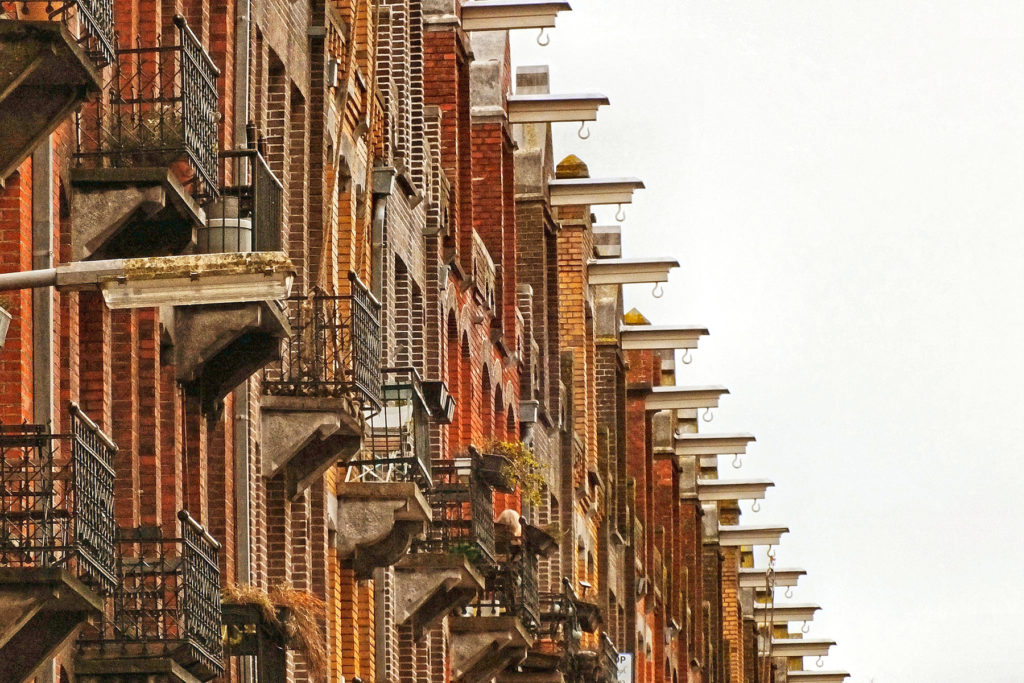
Amsterdam Oost (Photo: Gerard Stolk via Flickr)
Dynamic and multicultural, Oost is the curious pocket of Amsterdam whose diversity never ceases to surprise. Oost partly flourished on a polder, a section of land reclaimed from the IJmeer in 1629. The area has a rich historical heritage, as well as being a springboard for innovative emerging neighbourhoods. Today Oost is one of the city’s most fascinating areas, whose architecture, culture and history are all well worth taking time to delve into.
Oost runs north from the Eastern Islands down to the banks of the Amstel, dotted with charming restaurants and cafés with a view. It is organised around three splendid parks: Park Frankendael, Flevopark and Oosterpark. In much of Watergraafsmeer, the streets are lined with deep-red brick houses, turrets and balconies. Alongside these quiet, upmarket residential buildings lies the bustling Indische buurt, the vibrant heart of Oost, home to many Surinamese, Turkish and Indonesian communities.
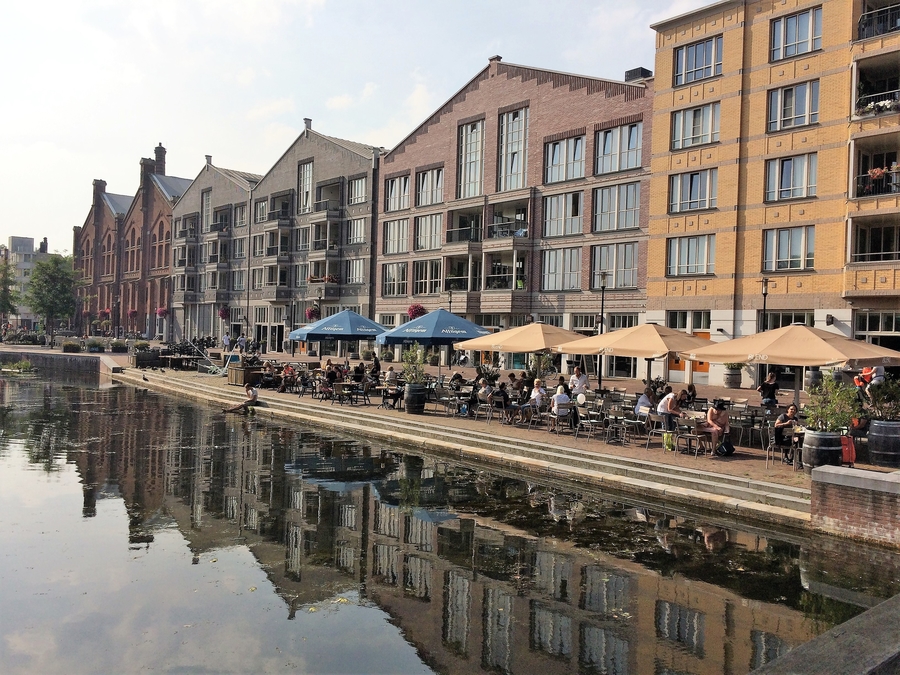
Oranje-Vrijstaatkade (Photo: Maria Hagan)
One of the liveliest streets in Oost is the Dapperstraat, home to the no-frills and notorious Dappermarkt market. From Monday to Saturday, over one hundred stalls animate this stretch with energetic merchants offering exotic fruits, Turkish breads, cheap clothes, cosmetics and more. Across the area, you’ll find many a greengrocer selling quality ethnic products.
From the buzz of the market, it’s just a short walk to the tranquillity of Oosterpark’s shady lawns, ponds, tennis courts and extravagant climbing frames for kids. At one end you’ll find the impressive Tropenmuseum specialising in ethnographic exhibitions and Dutch colonial history, at the other the National Slavery Monument commemorating the Dutch abolition of slavery in 1863.
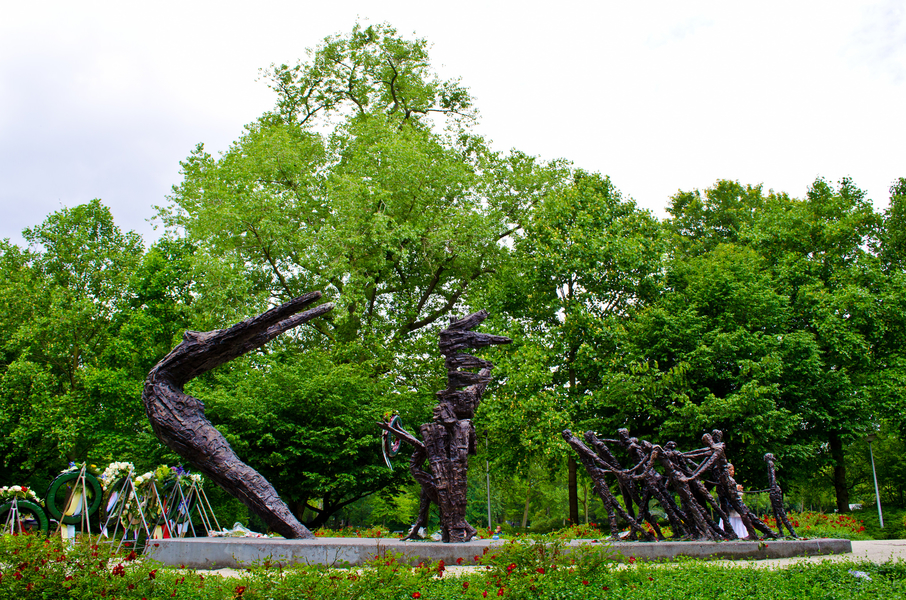
National Slavery Monument, Oosterpark (Photo: Joop Reuvecamp via Flickr)
In the evenings, the Javastraat is one of the liveliest roads to hit up. Music sifts out onto the street from many a colourful, unpretentious beer bar, as the week comes to a close. Further south, the Beukerplein boasts a number of excellent dining spots and bars. If you’re looking for a local experience (and cheap drinks), you could check out student-run cinemas Studio/K or Kriterion, two venues with event calendars as jam-packed as their screening schedules.

Javastraat Archipelbuurt (Photo: Roel Wijnants via Flickr)
In recent years Oost has come to stand out as a favourite local area for shopping in Amsterdam. The key to its success: A smattering of small boutiques and independent sellers that blend into the local ambiance, centred along the Linnaeusstraat and its splintering side streets.
At the cultural heart of Amsterdam Oost are the Watergraafsmeer and Indische buurt neighbourhoods, but those interested in urban development and modern architecture will no doubt enjoy a walk through the modern Eastern Docklands and IJburg to the north. The Eastern Docklands developed as a port during the 19th century at the height of the Dutch East Indies trading industry, before falling into abandon during the 20th. The warehouses have since been repurposed and improved through diverse cutting-edge architectural ventures.
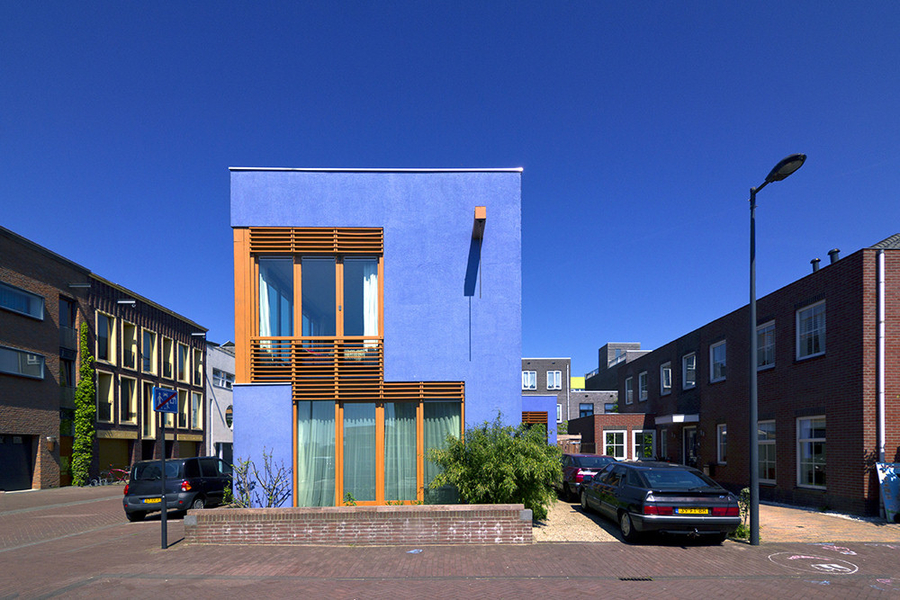
Steigereiland, IJburg (Photo: Wojtek Gurak via Flickr)
It’s worth renting bikes to check out the IJburg neighbourhood; a cluster of 6 artificial islands built on the IJmeer since the late 1990s. The islands were designed in response to Amsterdam’s housing shortage, and are home to over 20,000 residents today. Amsterdam Oost keeps sprawling. Four more islands are planned for the coming years.
Accommodation
Hotel Arena is a relaxing and picturesque (‘s-Gravesandestraat 55) four-star hotel. Housed in an imposing building dating back to 1886, the hotel leads out onto the vibrant Oosterpark, which is constantly buzzing with local life. Arena offers ten different room styles, with high ceilings and visible wooden beams. There’s even an old chapel available to hire out for events.
Further east, passing the picket gate of the Vergulden Eenhorn B&B (Ringdijk 58) is like stepping out to the countryside. Built in 1702, the farmhouse is a rare Amsterdam treat, with a pretty garden and red tile roof. With just a few cosy, comfortable suites on offer, it’s an extra special place to hole up for a few days. However, if you plan to stay elsewhere, it’s well worth stopping in to the Eenhorn for a meal. You could enjoy an affordable lunch on the terrace, or sit down to a candlelit dinner in a former barn, beneath impressive wooden beams. Expect wholesome fish or meat dishes with plenty of fresh vegetables, as well as platters to share.
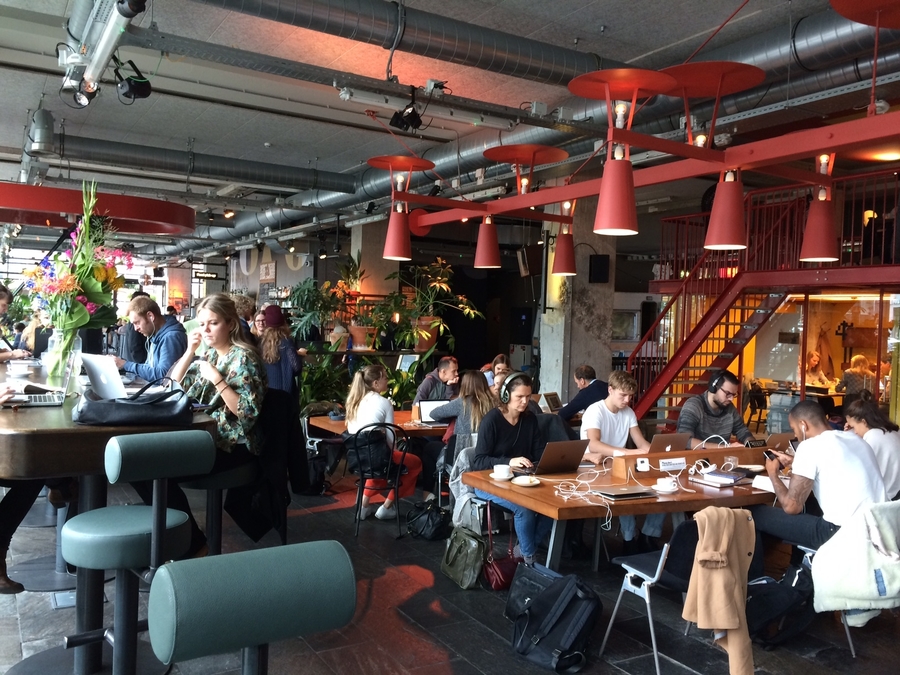
Co-working space at Volkshotel (Photo: Maria Hagan)
Visitors who like to get right into the swing of things would do well to check in to the locally renowned Volkshotel (Wibautstraat 150). Formerly home to the offices of popular Dutch daily newspaper De Volkskrant, the hotel stays true to the spirit of the former building; tourists rub shoulders with local freelancers draining cup after cup of coffee here. There is an on-site café and co-working space in the lobby, a rooftop bar, restaurant and a hot tub. The Volkshotel takes pride in its laid-back vibe, attracting a youthful, creative clientele. Expect a lively timetable as the hotel holds its own events including live band sessions and parties.
Restaurants & Bars
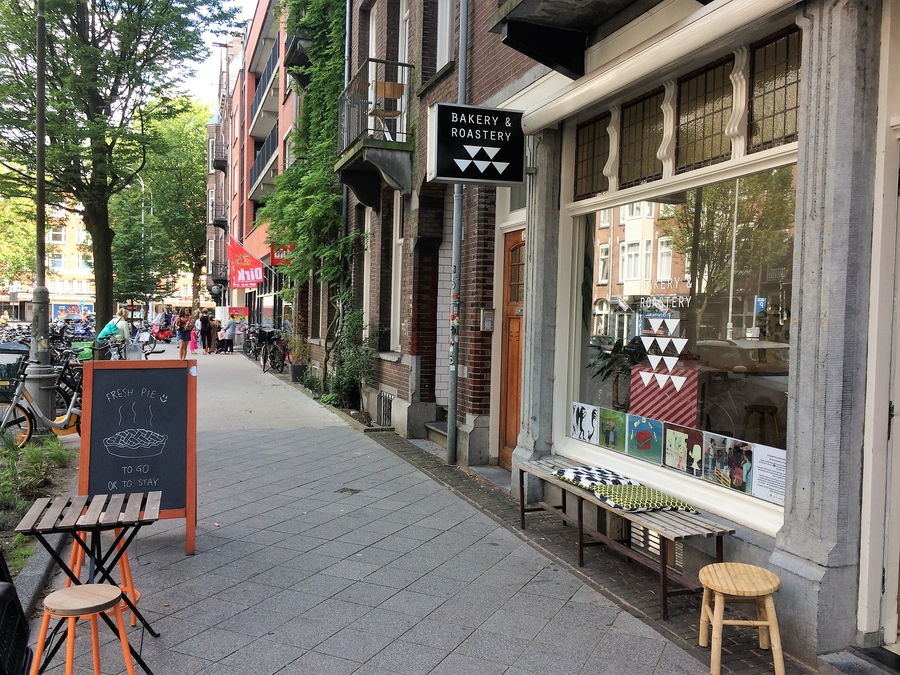
Rum Baba (Photo: Maria Hagan)
Rum Baba (Pretoriusstraat 33H) offers tempting food amid snug, modern decor in wood and pastel tones. At this café, on the corner of two quaint, red-brick residential streets of Amsterdam Oost, your coffee is served in pretty mismatched cups and saucers, alongside homemade slices of cake. Rum Baba is a tranquil place to either sit with a book or laptop in the cosy interior, or take in the sun from benches and stools on the pavement outside. You can also pick up a bag of beans or a cake to bring home from the Rum Baba store a few steps further up the Pretoriusstraat.
The Ysbreeker is a stylish café-restaurant by the Amstel river, housed in an elegant building dating back to 1702. A notorious meeting-place for politicians and writers in the 20th century, the Ysbreeker draws its name from the 18th and 19th century icebreakers who used to clear the frozen river in winter to allow the passage of ships, before retreating to the tavern to warm up. The Ysbreeker is a local favourite, and an elegant place to stop in for dinner.
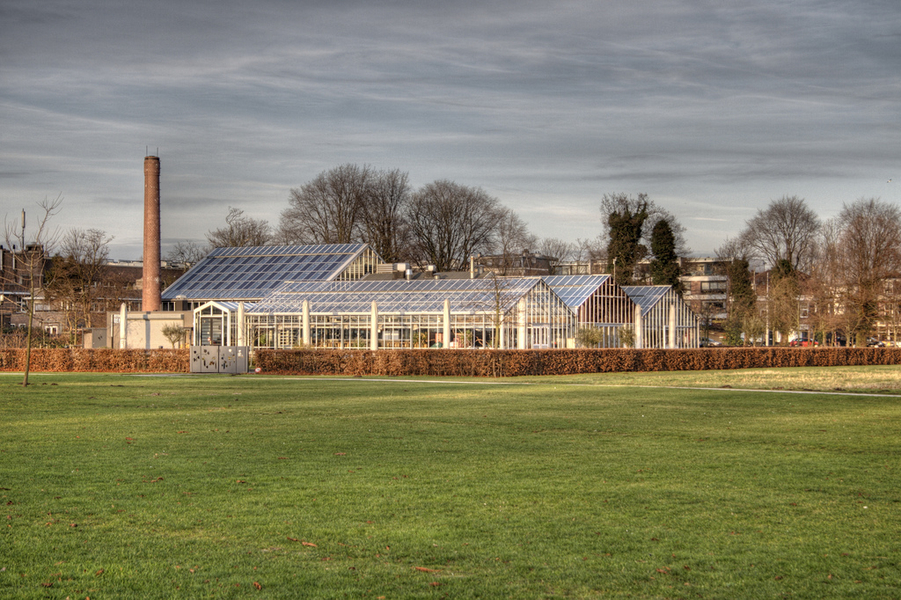
Restaurant de Kas in Frankedael park (Photo: Berend B via Flickr)
For fine dining, head to Frankendael park where you’ll find two Amsterdam gems. For intricate, seasonal meals made from locally-sourced vegetables head to Restaurant de Kas (Kamerlingh Onneslaan 3), in a renovated greenhouse at the heart of the park. Alternately, you could opt for slow food dining in an equally exceptional setting: Restaurant Merkelbach (Middenweg 72) was set up in the former coach house of Amsterdam’s sole surviving 17th century country estate, the exceptional Huize Frankendael.
Bar Joost (Molukkenstraat 33) is a relaxed, local bar on a corner. It has the feel of a classic Dutch Bruin café with a hipster twist. You could snack on a boiled egg at the bar or cheese cubes in accordance with Dutch tradition, and work your way through the seemingly unending selection of beers on offer. Bar Joost offers a wide selection, ranging from bottles sourced at local breweries to strong Belgian classics.
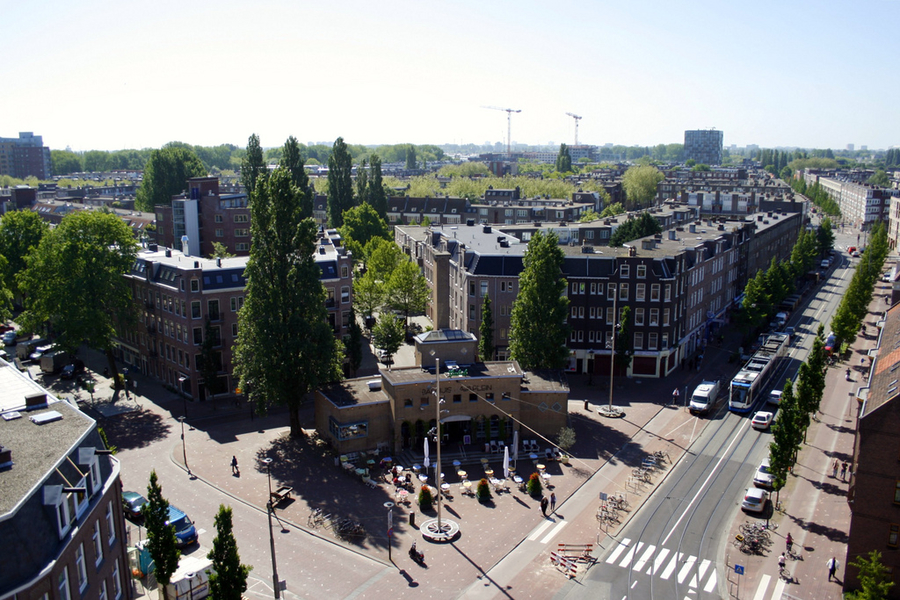
Badhuis at Javaplein (Photo: Jesper2cv via Flickr)
One of the last bath houses in Amsterdam was built on Javaplein in 1942, and operated until 1982. Since its closure it has served eclectic purposes, from a second-hand shop to a Hindu temple. Today, the impressive building has changed hands again, and welcomes bar-goers rather than bathers. The Badhuis (Javaplein 21) is a cosy place to curl up by the fireplace for a plate of oozing bitterballen, dinner or a drink. The menu changes seasonally, but you can expect beef and seafood dishes with attractive vegetarian options too. Watch out for the charming house cats, who might just crawl on to your lap.
Shop
Pieksman Wijnen (Hogeweg 19) is a charming specialty wine shop tucked away in a residential area, run by two cheerful wine connoisseurs who add good humour to every bottle. Selecting organic and biodynamic wines from across the world for import and distribution in the Netherlands since 1960, Yvo and Auke Pieksman now offer some of the best bottles available at their very own store.
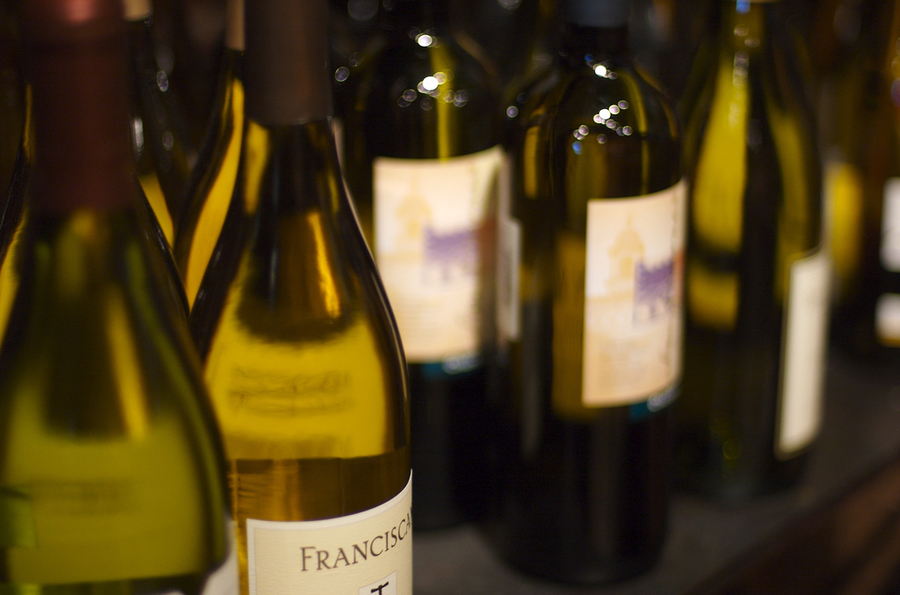
Wine bottles (Photo: Jeff Kubina via Flickr)
Just a few steps from the enchanting Flevopark, &klevering Oost (Middenweg 38) is a Dutch interior design shop featuring pieces from an eclectic range of talented designers. It’s the perfect place to hand-pick some unique souvenirs, from tableware, clothes and jewellery to kids’ toys and coffee table books. The staff are friendly, and on-point for advising and packing purchases for travel.
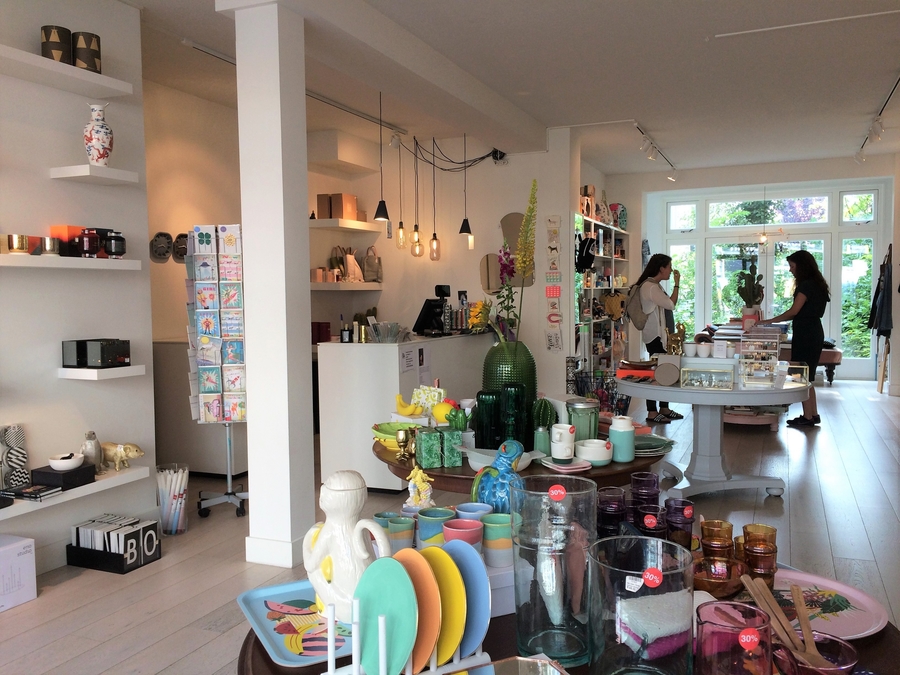
&klevering Oost (Photo: Maria Hagan)
Het Faire Oosten (Waldenlaan 208) , which translates to ‘the Far East,’ is the ideal place to pick up some quality souvenirs in Amsterdam. This shop stands out with its wide variety of unique design pieces on offer, ranging from homeware to clothes, jewellery and coffee table books, largely sourced from small craftspeople, traders and independents in the Netherlands and further afield. Most pieces are fair trade and sustainable. Knowledgeable staff are always on-hand to help.